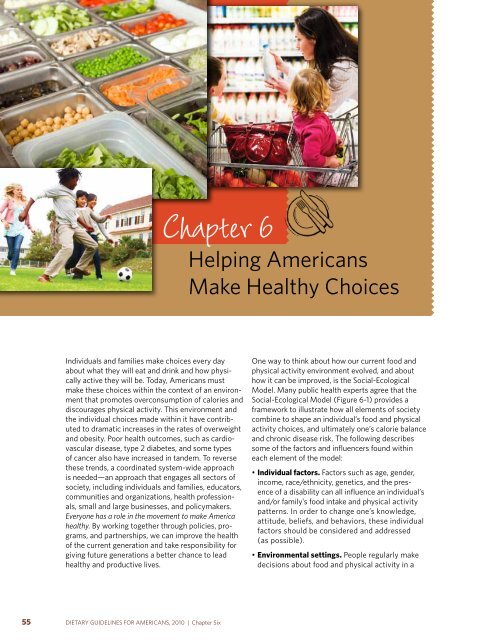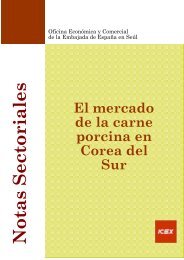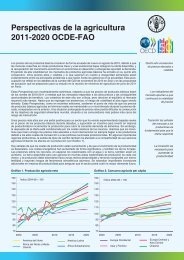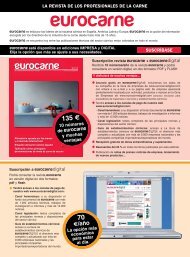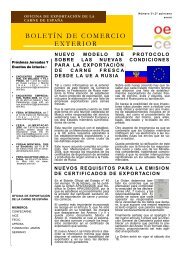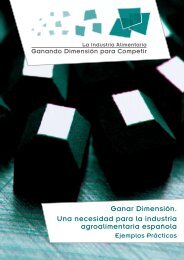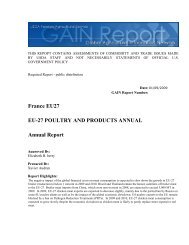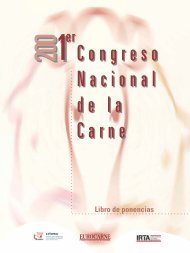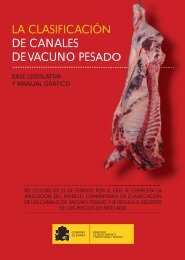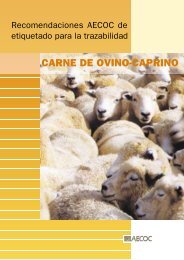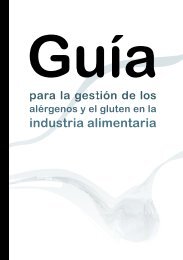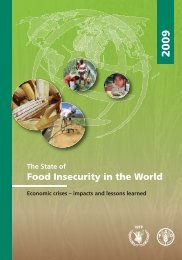Chapter 6Helping <strong>Americans</strong>Make Healthy ChoicesIndividuals and families make choices every dayabout what they will eat and drink and how physicallyactive they will be. Today, <strong>Americans</strong> mustmake these choices within the context of an environmentthat promotes overconsumption of calories anddiscourages physical activity. This environment andthe individual choices made within it have contributedto dramatic increases in the rates of overweightand obesity. Poor health out<strong>com</strong>es, such as cardiovasculardisease, type 2 diabetes, and some typesof cancer also have increased in tandem. To reversethese trends, a coordinated system-wide approachis needed—an approach that engages all sectors ofsociety, including individuals and families, educators,<strong>com</strong>munities and organizations, health professionals,small and large businesses, and policymakers.Everyone has a role in the movement to make Americahealthy. By working together through policies, programs,and partnerships, we can improve the healthof the current generation and take responsibility <strong>for</strong>giving future generations a better chance to leadhealthy and productive lives.One way to think about how our current food andphysical activity environment evolved, and abouthow it can be improved, is the Social-EcologicalModel. Many public health experts agree that theSocial-Ecological Model (Figure 6-1) provides aframework to illustrate how all elements of society<strong>com</strong>bine to shape an individual’s food and physicalactivity choices, and ultimately one’s calorie balanceand chronic disease risk. The following describessome of the factors and influencers found withineach element of the model:• individual factors. Factors such as age, gender,in<strong>com</strong>e, race/ethnicity, genetics, and the presenceof a disability can all influence an individual’sand/or family’s food intake and physical activitypatterns. In order to change one’s knowledge,attitude, beliefs, and behaviors, these individualfactors should be considered and addressed(as possible).• environmental settings. People regularly makedecisions about food and physical activity in a55DIETARY GUIDELINES FOR AMERICANS, 2010 | Chapter Six
variety of <strong>com</strong>munity settings such as schools,workplaces, faith-based organizations, recreationalfacilities, and foodservice and food retailestablishments. These settings play an integralrole in affecting individuals’ and families’ food andphysical activity choices through their organizationalenvironments and policies, and by providinghealth in<strong>for</strong>mation to consumers.• sectors of influence. Communities are influencedby a variety of sectors such as government,public health and health care systems, agriculture,industry, and media. Many of these sectors areimportant in determining the degree to which allindividuals and families have access to healthy foodand opportunities to be physically active in theirown <strong>com</strong>munities. Others have a strong influenceon social norms and values.• social and cultural norms and values. Socialnorms are guidelines that govern our thoughts,beliefs, and behaviors. These shared assumptionsof appropriate behavior are based on the values ofa society and are reflected in everything from lawsto personal expectations. With regard to nutritionand physical activity, cultural norms could includetypes of foods and beverages consumed, when andhow foods and beverages are consumed, acceptableranges of body weight, and how much physicalactivity is incorporated into one’s free time. Makinghealthy choices can be more difficult if those healthychoices are not strongly valued within a society.The Social-Ecological Model can help us understandthe roles that various segments of society can playin making healthy choices more widely accessibleand desirable. The model considers the interactionsbetween individuals and families, environmentalsettings and various sectors of influence, as well asthe impact of social and cultural norms and values.Thus, it can be used to develop, implement, andevaluate <strong>com</strong>prehensive interventions at all levels. Byfacilitating the use of multiple, coordinated primaryfigure 6 - 1: a social - ecological framework <strong>for</strong> nutrition and Physical activity decisionsHomesSchoolsWorkplacesRecreational FacilitiesFoodservice and RetailEstablishmentsOther Community SettingsDemographic Factors(e.g., age, gender, socioeconomicstatus, race/ethnicity, disablitystatus)Psychosocial FactorsKnowledge and SkillsGeneEnvironment InteractionsOther Personal FactorsSocial and CulturalNorms and ValuesSectors ofInfluenceFood andBeverage IntakeBelief SystemsHeritageReligionPrioritiesLifestyleBody ImageEnvironmentalSettingsIndividualFactorsPhysicalActivityGovernmentPublic Health andHealth Care SystemsAgricultureMarketing/MediaCommunity Design and SafetyFoundations and FundersIndustry_ Food_ Beverage_ Physical Activity_ EntertainmentSource: Adapted from: (1) Centers <strong>for</strong> Disease Control and Prevention. Division of Nutrition, Physical Activity, and Obesity. State Nutrition, PhysicalActivity and Obesity (NPAO) Program: Technical Assistance Manual. January 2008, page 36. Accessed April 21, 2010. http://www.cdc.gov/obesity/downloads/TA_Manual_1_31_08.pdf. (2) Institute of Medicine. Preventing Childhood Obesity: Health in the Balance, Washington (DC): The NationalAcademies Press; 2005, page 85. (3) Story M, Kaphingst KM, Robinson-O’Brien R, Glanz K. Creating healthy food and eating environments: Policy andenvironmental approaches. Annu Rev Public Health 2008;29:253-272.DIETARY GUIDELINES FOR AMERICANS, 2010 | Chapter Six 56


